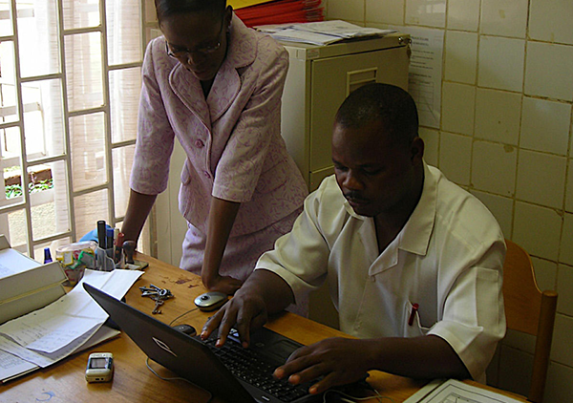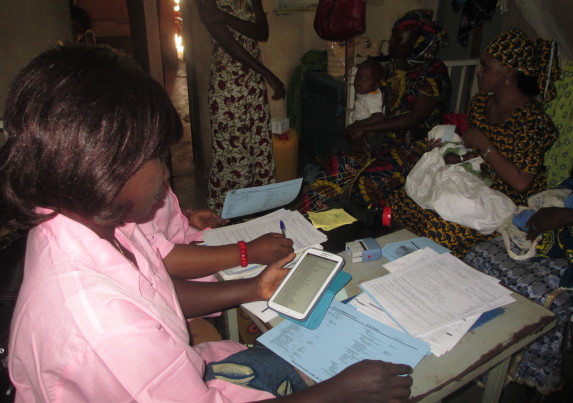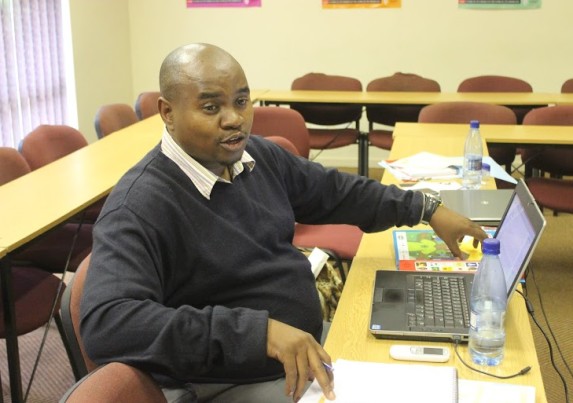Resource Mobilization: A Primer for SBCC Organizations
Introduction
Many social and behavior change communication (SBCC) organizations today seek to reduce their reliance on, and even transition off of, donor support. Chances are that you are a member of an SBCC organization striving to achieve a greater level of organizational sustainability. This is a worthy goal and one that centers on an organization’s ability to mobilize resources to serve its clients sustainably, while remaining mission-driven in the face of market and donor shifts.
Institutional Development: Making the Case for Resource Mobilization
Organizational Self-Sufficiency versus Organizational Sustainability
Resource Mobilization
The term resource mobilization refers to all activities undertaken by an organization to secure new and additional financial, human and material resources to advance its mission. Inherent in efforts to mobilize resources is the drive for organizational sustainability.
Resource mobilization and sound financial management are essential in any organization. The Institute for Social Entrepreneurs describes two distinct resource mobilization goals that an organization may choose to pursue:
Organizational Self-Sufficiency
The ability of an organization to fund the future of its activities and endeavors through earned income alone – without having to depend in whole or in part on charitable contributions or public sector subsidies.
- Sale of goods
- Sale of services
Organizational Sustainability
The ability of an organization to fund future activities and endeavors through a combination of earned income, fundraising activities and financial support from the public sector.
- Sale of goods
- Sale of services
- Public sector financial support
- Donor funding
- Fundraising activities
- Private support through corporate social responsibility (CSR)
Although self-sufficiency is a lofty achievement, it is more realistic for SBCC organizations to pursue organizational sustainability; most of the SBCC organizations working in the developing world depend on a variety of revenue streams, since their end-user clients or direct beneficiaries seldom have the disposable income necessary to pay for SBCC products and services directly. Therefore, these organizations seek revenue through grants, donations, third-party payers, and other means, in addition to direct payments where possible.
Conversely, an SBCC organization that aspires to achieve financial self-sufficiency will more likely be found in the private sector, offering an array of competitively priced products and services that are paid for directly by the consumer.
Given that reality, organizations need to broaden their funding base to reflect a hybrid of revenue streams that include fees from clients, as well as funding from donors, corporate sponsors, public sector subsidies, charitable contributions, and other funding or investment mechanisms. This will allow for a diversification of risk and not threaten the effective implementation of critical programs that improve the lives of their beneficiaries.
Audience
The primary audience for this implementation kit (I-Kit) is SBCC practioners and organizations with a strong focus on SBCC. In addition, this I-Kit will serve those working in SBCC organizations who are responsible for mobilizing resources for their organization, whether it be the executive director, the director of business development or the resource mobilization team; however, the I-Kit is also designed to help those involved in product development, service delivery, financial management or marketing to do their work in a more innovative and efficient fashion.
The Challenge for SBCC Organizations
SBCC organizations are no different in terms of their need to diversify their funding sources; however, there are nuances that deserve mention:
- SBCC organizations are often viewed as offering products, services and programs that are complimentary, rather than essential, to public health prevention, care and treatment programs. Therefore, SBCC organizations need to work harder to position themselves as an integral part of the overall health care system, rather than as an adjunct practice.
- Many local SBCC organizations have enjoyed significant success generating funds from non-traditional funders and the private sector; however, these funding allocations have been limited in their size and scope. SBCC organizations can achieve greater reach and scope if they can secure grants from USAID and other major donors.
- Most of the SBCC organizations have given considerable thought to their strategic plans, but they have not learned how to convert new business opportunities into diversified resource mobilization strategies, which include business plans, proposal and grant applications, and fundraising events. As a result, their innovation is restricted to limited indirect funds.
- In general, many local SBCC organizations do not have an established NICRA and, therefore, do zero-based budgeting.
Resource Mobilization Plan Template
A Resource Mobilization Plan helps organizations anticipate future funding shortages and organize all future new business opportunities they would like to pursue to avoid dips in funds. The plan can be used as a management tool to keep track of the overall finances of an organization, the diversity of its funding base and the breadth of the organization's technical expertise. Download Resource Mobilization Plan Template
Purpose
These nuances underscore the importance of designing and offering an I-Kit that provides information, instruction and tools for SBCC organizations, like your own, so you are equipped to:
- Position your organization in a compelling way as integral to any and all health initiatives, whether in the realm of promotion, prevention or treatment.
- Track, scan, identify and respond to requests for procurements and manage such projects in full compliance with solicitation guidelines.
- Identify and align with health organizations – local and international – who need thought leadership in the area of SBCC, so they can bid on projects together.
- Draft budgets in compliance with donor/funder guidelines.
- Develop budget and revenue projections for the design and launch of new products and services to be funded by non-traditional funders.
- Pursue fundraising opportunities.
Structure
This I-Kit will take you through each step of the resource mobilization process, from the fundamental elements of a strategic plan, as the source of new business opportunities, to the detailed phases of drafting a proposal for a donor, and writing a business plan.
The Strategic Plan: The Genesis of Resource Mobilization
Of the numerous types of organizational planning, the three main types are strategic planning, operational planning and business planning. More




